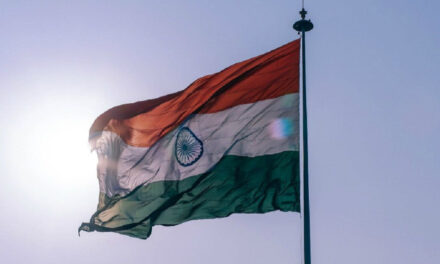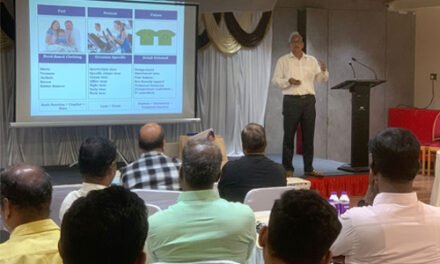 Exports account for 60-70 percent of the Indian home textile industry’s revenue. The US, the world’s largest market for it, accounts for a sizeable ~58 percent of these exports. Global demand for home textiles is expected to be impacted in the near-term by inflationary headwinds, with big-box retailers pruning inventory and consumers cutting down on discretionary spends. A slowdown in the sales of key US retailers in the past 3-6 months has led to an on-year decline of 5-6 percent in overall home textile exports from India (refer to Annexure 2) between January and April 2022.
Exports account for 60-70 percent of the Indian home textile industry’s revenue. The US, the world’s largest market for it, accounts for a sizeable ~58 percent of these exports. Global demand for home textiles is expected to be impacted in the near-term by inflationary headwinds, with big-box retailers pruning inventory and consumers cutting down on discretionary spends. A slowdown in the sales of key US retailers in the past 3-6 months has led to an on-year decline of 5-6 percent in overall home textile exports from India (refer to Annexure 2) between January and April 2022.
Adding to the demand challenge is the price of raw cotton, a key input in home textiles. Its price has more than doubled on-year in May to ~Rs 100,000 per candy.
“This will remain a challenge for exporters till the new cotton crop arrives starting October. Supply-chain disruptions leading to volatility in ocean freight rates will also impact profitability. With domestic cotton prices soaring past international levels, exports have become less competitive. Consequently, India’s share in the US import basket moderated 700 bps in the four months ended April 2022, on-year,” said Crisil.
Mohit Makhija, Senior Director, CRISIL Ratings said, “Slowing exports growth and high cotton prices will hit the operating margins of home textile exporters by 150-200 bps this fiscal. The rupee’s depreciation against the dollar and sustenance of the China+1 policy by global buyers will cushion the hit on profitability to some extent. The second half of this fiscal should gradually restore demand momentum and market share for Indian home textile exporters as freight and raw cotton costs moderate, and ease pressure on profitability.”
According to Crisil, Indian home textile industry’s revenue is expected to grow 11-12 percent this fiscal, primarily because of higher in price realisations. Domestic demand (comprising 30-40 percent of Indian home textile industry’s revenue) is expected to grow at a healthy 13 percent, driven by sharp demand recovery in the domestic hospitality industry and continued focus on health and hygiene. “Growth in export demand will moderate to 10 percent from 25 percent last fiscal due to slower recovery in the international travel and hospitality segments globally.
Capex spends would be pruned this fiscal as current capacity utilisation levels of ~75 percent affords sufficient headroom to accommodate any increase in demand,” it said.
Gautam Shahi, Director, CRISIL Ratings, said “Strengthening of balance sheets over past two fiscals and steady cash generation will keep debt metrics stable this fiscal. The interest coverage3 ratio of CRISIL-rated home textile companies will remain at 6-6.5 times and gearing3 at 0.7-0.8 time this fiscal, compared with 6.2 times and 0.8 time, respectively, last fiscal.”










